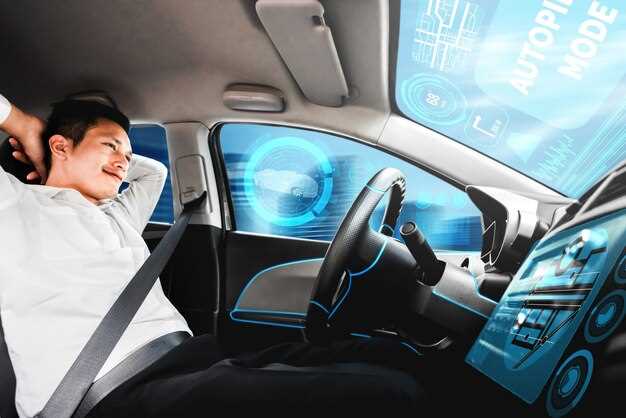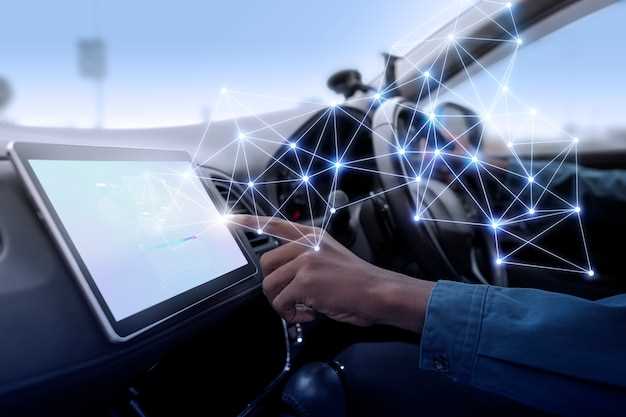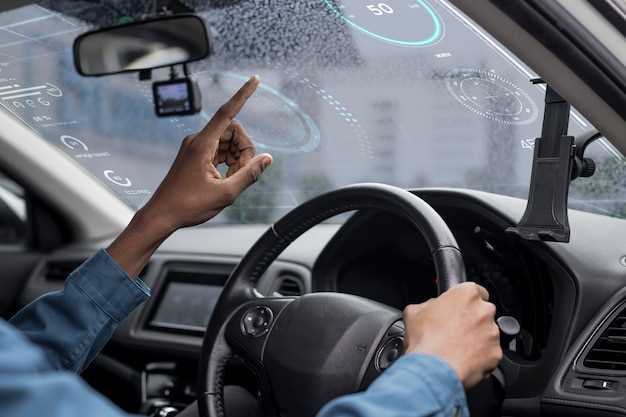
The integration of technology into everyday life has fundamentally transformed various sectors, and the automotive industry is no exception. With the rise of artificial intelligence (AI), driving has become not only more efficient but significantly safer. The deployment of AI-driven systems in vehicles highlights how cutting-edge innovations can enhance road safety while minimizing human error.
AI technologies, such as advanced driver-assistance systems (ADAS), utilize real-time data and complex algorithms to assist drivers in making informed decisions. These systems can detect potential hazards, monitor driver behavior, and even take control of vehicle functions when necessary, ensuring that safety remains a top priority. By analyzing vast amounts of data from vehicle sensors and surrounding environments, AI is paving the way for a future where accidents may become increasingly rare.
The shift towards AI-enhanced driving is not just about individual safety; it also focuses on improving overall traffic systems. By optimizing traffic flow and predicting potential traffic jams, AI contributes to reducing congestion, which in turn decreases the likelihood of accidents. Thus, the implementation of AI in vehicle driving represents a significant leap forward in both personal and public safety on the roads.
Real-Time Hazard Detection Systems Using AI
Real-time hazard detection systems are pivotal in enhancing vehicle safety by utilizing advanced AI technology. These systems are designed to identify potential dangers on the road, allowing for timely interventions to prevent accidents.
AI-driven algorithms analyze data collected from various sensors, cameras, and radar systems. The integration of this technology results in a multi-layered approach to hazard detection, which can include:
- Object Recognition: Identifying pedestrians, cyclists, and other vehicles to assess their proximity and movement.
- Environmental Analysis: Monitoring weather conditions, road surfaces, and surrounding environments to predict hazards.
- Behavioral Prediction: Anticipating the actions of other road users based on their current behavior patterns.
The effectiveness of these systems hinges on the following key components:
- Real-Time Data Processing: Leveraging AI to analyze vast amounts of data instantaneously, ensuring swift responses to dynamic road conditions.
- Machine Learning Models: Utilizing historical data to train models that improve hazard detection accuracy over time.
- Sensor Fusion: Combining inputs from multiple sensors to achieve a comprehensive view of the vehicle’s surroundings.
Some notable examples of AI-based hazard detection systems include:
- Automatic Emergency Braking (AEB): Activates braking systems when a potential collision is detected.
- Lane Departure Warning (LDW): Alerts drivers when the vehicle unintentionally drifts out of its lane.
- Adaptive Cruise Control (ACC): Maintains a safe following distance by adjusting speed in response to traffic conditions.
By incorporating AI into real-time hazard detection systems, vehicle manufacturers are making significant strides towards safer driving environments. The continuous evolution of this tech promises even greater advancements in the future, paving the way for automated and connected vehicles that prioritize safety.
Predictive Analytics for Accident Prevention in Smart Vehicles

Predictive analytics plays a crucial role in enhancing safety in smart vehicles by leveraging vast amounts of data to anticipate potential accidents before they occur. By analyzing historical data, environmental conditions, and real-time inputs, these advanced systems can identify patterns that may lead to dangerous situations.
One of the key components of predictive analytics is the use of machine learning algorithms. These algorithms learn from previous driving experiences, assessing factors such as speed, weather conditions, and driver behavior. As a result, they can provide real-time recommendations or warnings to prevent accidents. For example, if the system detects a sudden increase in braking behavior combined with adverse weather conditions, it can alert the driver to slow down or adjust speed accordingly.
The integration of IoT technology further enhances these analytics. Smart vehicles communicate with other vehicles and infrastructure to exchange information about traffic conditions and hazards. This connectivity allows predictive systems to not only rely on the car’s internal sensors but also on external factors, improving the accuracy of accident predictions. With this valuable intel, drivers can receive alerts about upcoming hazards, traffic jams, or dangerous road conditions, allowing them to make informed decisions on the road.
Moreover, the implementation of predictive maintenance using analytics can reduce the risk of accidents resulting from mechanical failures. By continuously monitoring the vehicle’s performance, smart vehicles can predict when certain parts may need maintenance or replacement. This proactive approach ensures vehicles are always in optimal condition, thereby enhancing safety on the roads.
In conclusion, predictive analytics is a powerful technology that dramatically enhances safety in smart vehicles. By utilizing data-driven insights and real-time information, this tech not only aims to minimize accidents but also fosters a safer driving environment for all road users.
Integration of AI in Driver Assistance Technologies

The integration of AI in driver assistance technologies has significantly transformed the landscape of vehicle safety. Advanced algorithms analyze real-time data from various sensors, ensuring that drivers receive timely alerts regarding potential hazards. This proactive approach enhances the overall safety of driving by reducing human error, which is a leading cause of accidents.
One of the most prominent applications of AI is in adaptive cruise control systems. These systems utilize machine learning to maintain safe distances from other vehicles, automatically adjusting speed as necessary. This tech not only improves comfort but also minimizes the risk of rear-end collisions.
Moreover, AI-powered lane departure warning systems use computer vision to detect lane markings and alert drivers if they unintentionally drift out of their lane. Such features have proven invaluable in preventing accidents caused by distractions or fatigue.
Another area where AI enhances safety is through automated emergency braking. By continuously monitoring the vehicle’s surroundings, this technology can detect imminent collisions and apply brakes autonomously. This rapid response can be the difference between a minor incident and a severe accident.
Furthermore, AI systems are increasingly being employed in monitoring driver behavior. By analyzing patterns such as reaction times and attention levels, these technologies can provide feedback or even trigger alerts if signs of drowsiness or distraction are detected.
As the automotive industry continues to innovate, the role of AI in driver assistance technologies will likely expand, pushing the boundaries of safety further. With ongoing developments, drivers can expect smarter systems that not only assist in navigation but also significantly enhance overall road safety.





